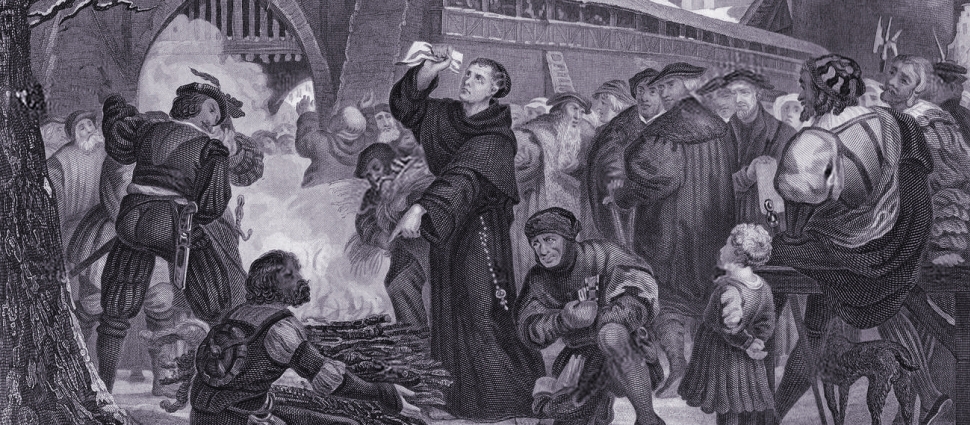"The Bible Among the Myths"


In a recent Zondervan publication, John Oswalt, long-time Old Testament scholar and author of the two-volume commentary on Isaiah in the NICOT series, discusses The Bible among the Myths. In light of recent controversial books by writers such as Peter Enns or Kenton Sparks, Oswalt tackles an important question: How is the Bible (actually, the Old Testament) similar or different from other ancient (Near Eastern) literature? Is it, to quote the subtitle, “Unique Revelation or Just Ancient Literature”?
In essence, Oswalt argues that while there are doubtless numerous surface similarities between the Old Testament and other ancient literature, on the larger level of the underlying worldview, the difference is vast: only the Old Testament lodges a robust claim of divine revelation, and as a result, only the three religions that take their cue from the Bible—Christianity, Judaism, and Islam—hold to divine revelation as a foundational components of their worldview. This simple, yet profound finding brings much-needed clarity to the debate.One of my favorite sections in this book is Chapter 9, “Origins of the Biblical Worldview: Alternatives.” The respective headings tell the story: “John Van Seters: Israel’s Understanding of Reality Arose as a Late Creative Fiction”; “Frank Cross: Israel’s Understanding Arose in a Prose Rewriting of an Earlier Epic Poem”; “William Dever: Israel’s Understanding Is an Imposition of a Small Elite”; “Mark Smith: Israel’s Understanding Is a Natural Development from West Semitic Religion.” Understanding alternative views is very helpful especially for students.
Overall, Oswalt’s book excels in clarity of analysis and presentation. It is well written and argues and defends an exceedingly important thesis: that on a worldview level, Christianity and Judaism, with their claim of divine revelation, are unique. Perhaps my only criticism is that references to the above-mentioned Peter Enns or Kenton Sparks are conspicuously absent. This may be because Oswalt is narrowly focused on worldview rather than hermeneutical issues or because his volume was conceived prior to the publication of these other scholars’ works.
In any case, I highly recommend this volume as a supplementary text for courses in Old Testament survey or even in apologetics courses. This is a very welcome contribution to both fields, and I am sure Oswalt’s book will find a devoted following and many grateful readers.




